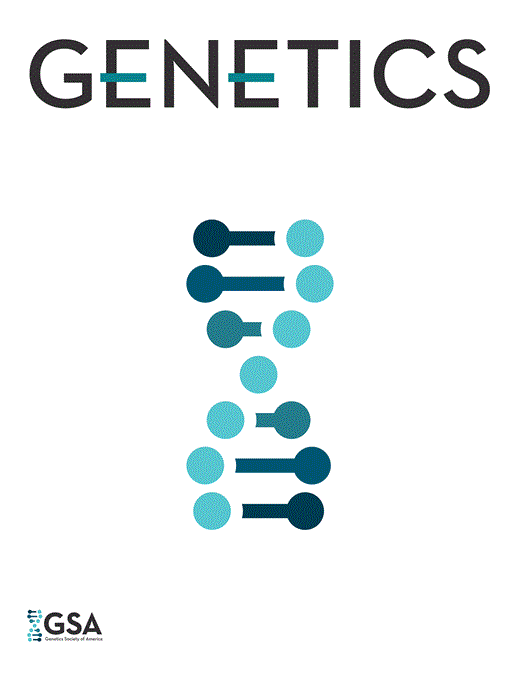-
PDF
- Split View
-
Views
-
Cite
Cite
F Hospital, C Chevalet, P Mulsant, Using markers in gene introgression breeding programs., Genetics, Volume 132, Issue 4, 1 December 1992, Pages 1199–1210, https://doi.org/10.1093/genetics/132.4.1199
Close - Share Icon Share
Abstract
We investigate the use of markers to hasten the recovery of the recipient genome during an introgression breeding program. The effects of time and intensity of selection, population size, number and position of selected markers are studied for chromosomes either carrying or not carrying the introgressed gene. We show that marker assisted selection may lead to a gain in time of about two generations, an efficiency below previous theoretical predictions. Markers are most useful when their map position is known. In the early generations, it is shown that increasing the number of markers over three per non-carrier chromosome is not efficient, that the segment surrounding the introgressed gene is better controlled by rather distant markers unless high selection intensity can be applied, and that selection on this segment first can reduce the selection intensity available for selection on non-carrier chromosomes. These results are used to propose an optimal strategy for selection on the whole genome, making the most of available material and conditions (e.g., population size and fertility, genetic map).



